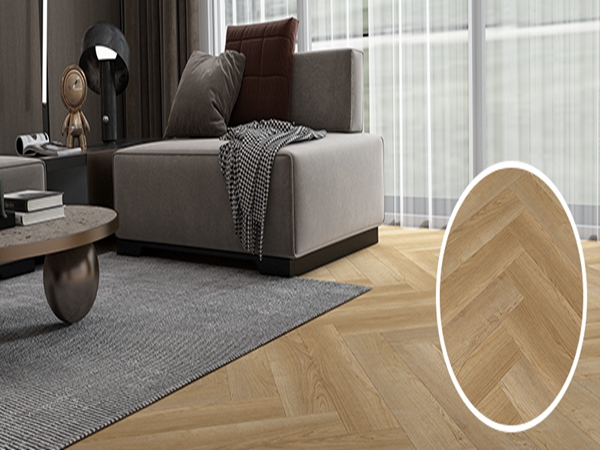
In the realm of flooring options, there's a newcomer that's been gaining popularity for its durability, versatility, and ease of maintenance: SPC flooring. As homeowners and commercial property managers seek resilient and long-lasting solutions, understanding what SPC flooring stands for and its benefits becomes paramount.
I. Understanding SPC Flooring
SPC, which stands for Stone Plastic Composite or Solid Polymer Core, represents a type of engineered vinyl flooring. Its composition typically includes a blend of limestone, PVC, and stabilizers, resulting in a robust and stable flooring option.
II. Characteristics of SPC Flooring
SPC flooring boasts several notable characteristics, including exceptional durability, waterproof properties, and dimensional stability. These features make it suitable for high-traffic areas and environments prone to moisture, such as kitchens, bathrooms, and commercial spaces.

III. Advantages of SPC Flooring
The advantages of SPC flooring are manifold. Its scratch and stain resistance make it ideal for households with pets and children. Additionally, its low maintenance requirements and a wide array of designs offer homeowners and designers the flexibility to achieve their desired aesthetic while ensuring longevity.
IV. Applications of SPC Flooring
SPC flooring finds applications across various settings, including residential, commercial, and industrial spaces. Its ability to withstand heavy foot traffic and resist moisture makes it a preferred choice for environments where traditional hardwood or laminate flooring may not be suitable.
V. Comparison with Other Flooring Types
When comparing SPC flooring with hardwood, laminate, and vinyl flooring options, SPC stands out for its superior durability, water resistance, and ease of installation. Unlike hardwood, it is not susceptible to warping or swelling when exposed to moisture, making it a more practical choice for moisture-prone areas.
VI. Installation Process of SPC Flooring
The installation process of SPC flooring is straightforward and can be completed using various methods, including click-lock and glue-down techniques. With proper preparation of the subfloor and the right tools, homeowners and contractors can achieve a seamless installation.
VII. Maintenance Tips for SPC Flooring
Maintaining SPC flooring is relatively simple. Regular sweeping or vacuuming, occasional mopping with a mild detergent, and prompt cleaning of spills and stains are essential to preserving its appearance and performance over time.
In conclusion, SPC flooring represents a durable, versatile, and aesthetically pleasing option for modern living and commercial spaces. Its robust construction, waterproof properties, and low maintenance requirements make it an attractive choice for homeowners and designers seeking long-term flooring solutions.